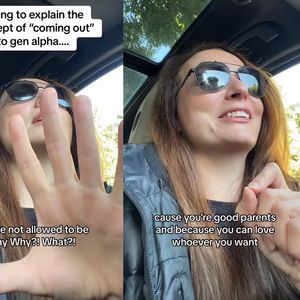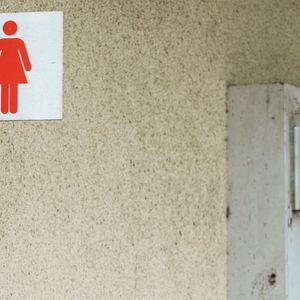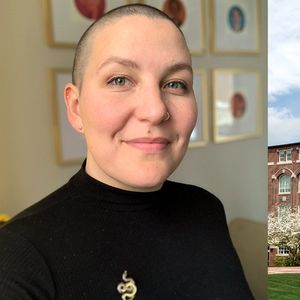It was late 2007 when Susan Slingluff Hartmann and Dan Hartmann finally found a doctor who was willing to have a conversation with the couple about HIV, emerging science, sex, and pregnancy — a conversation they’d been trying to have for nearly seven years. It happened at a Mexican restaurant in Berkeley, Calif., and Dr. Deborah Cohan, a Harvard-trained medical director of UC San Francisco’s Bay Area Perinatal AIDS Center and an associate clinical professor of obstetrics, gynecology, and reproductive sciences at UCSF, was the expert they’d been looking for. Over their meals, Cohan, who herself was well into her second pregnancy at the time, laid out for the couple the pregnancy options no one had shared with the Hartmanns before. She detailed the work Pietro Vernazza was doing in Switzerland, prescribing HIV medicines to HIV-negative women interested in having babies with their HIV-positive husbands, using a then-experimental approach called pre-exposure prophylaxis (PrEP). She talked about preliminary results from small studies underway in Africa. PrEP could be a good option, she remembered telling them, but, to be sure, they should watch for the data from two ongoing studies — “Pre-exposure Chemoprophylaxis for HIV Prevention in Men Who Have Sex With Men and Transgender Women,” also known as the
iPrEx study, and the PARTNER PrEP study between straight couples. It would be three years before either study published results.
She also mentioned timed intercourse without PrEP.
The Hartmanns couldn’t believe it. Finally, someone was talking to them about their choices — all their choices. Cohan spoke without giving any method a moral weight. In other words, said Susan, “She talked to us like adults.”
The Hartmanns left with some serious thinking to do. Though Cohan was dispassionate in her recitation of options, their conversation confirmed what Susan had always suspected: She might be able to have sex with her husband, have a baby, and not contract HIV or pass it on to her child.
“When we picked our jaws up off the ground about how high the pregnancy success rate was and how low the risk of transmission was, we started to think,” Dan said.
“Suddenly we were armed with some data, coming from a more reliable source than a blog from somewhere,” said Susan. “And we started to have a serious conversation about, ‘Why don’t we just…? Can we just…?’ ”
Even on the Hartmanns’ honeymoon in January of 2009, they didn’t leave the condoms behind. But now it was February, they were home, and they were ready to make a decision. Or at least Susan was.
“We should do this,” she told her husband. “I’m OK with it.”
Dan hedged; from his perspective, the risk was hers. “If we were going to talk about unprotected sex, Susan needed to be completely comfortable and committed to it before I could make a decision,” he recalls.
The couple started to talk through all the possibilities. Sometimes, the conversations were brutal. Did they really want to have a baby with the risk that Dan could become ill and pass away while their child was young? What would it mean if Susan contracted the virus? How would that affect their marriage? What if their baby had HIV? What if Susan changed her mind about unprotected sex? What if she changed her mind in the middle of sex? What if Dan changed his mind? What would they do to ensure that he had as undetectable a viral load as possible?

In the end, they settled on a kind of pilot program for sex. They would have unprotected sex only when Susan was ovulating, and then only a few times per cycle, to reduce the risk of transmission. If they didn’t get pregnant in six months, they would reassess. Susan was, she said, “empowered with the right of refusal at all times.” If at any point she became uncomfortable, they were done.
They wouldn’t be using PrEP — just the power of Dan’s treatment — to protect Susan from contracting the virus
“There would not be a lot of just having fun,” Susan remembered thinking. “We can’t do that. We’re going to be responsible around our risk-taking.”
So it was that, after years of faithful, vigilant condom use, Susan and Dan Hartmann were about to go “a little wild.”
For the record, the Hartmanns’ “wild” would, to any HIV-negative couple, look more like a highly structured, forced march to conception. Susan joked that she turned into “a crazy wanting-to-get-pregnant lady.” The research skills she’d developed during her years of trying to figure out how to have a baby translated seamlessly to the science of careful conception; in no time, she was elbow-deep in ovulation-testing kits and meticulously kept calendars.
Then the time for calendars and tests was gone and it was just the two of them — the proverbial man and woman who loved each other very much. It was still a little fraught. Dan still worried that his wife would get the virus; Susan couldn’t get the always-use-condoms voice out of the back of her mind, even in the midst of things.
Still, it was “sort of, a little fun,” she says in a high, sweet voice. Finally, they’d given themselves permission for a little well-structured wildness. They stuck to the schedule they’d concocted, and, two months later, when the pregnancy test came back positive, they were ecstatic — and a little disappointed to go back to the condoms.
“Part of me thought, ‘It happened so fast! We couldn’t ask for anything better!’” Susan admitted in an awed voice. “But then, the second thought was, ‘Oh. It happened so fast.’ ”
Their wildness was over. The couple went back to condoms right away, they said. But would the baby — and Susan — be HIV-negative at the end of this?

In September, Susan was in her doctor’s office’s lab, having blood drawn to find out. Her pregnancy was six months along, and this was the second time she’d been tested for the virus. The first test, at nine weeks, had been negative. But the standard of care for HIV detection was to check at six months to give her immune system time to generate antibodies that can be detected in tests.
A few weeks later, she got the verdict: still negative.
The chances of the fetus having the virus were negligible, but Susan would be tested once more, just before the birth, to make sure they didn’t have to alter delivery plans. They didn’t: both she and their daughter, Ryan Nicole, are HIV-negative today.
“But I’ll be honest, [the risk of transmission] is always there,” she said. “It will continue to be there. We were just safe enough. And honestly, I hold nothing against the doctors who tried to dissuade us. It’s their job to try to prevent an epidemic.”

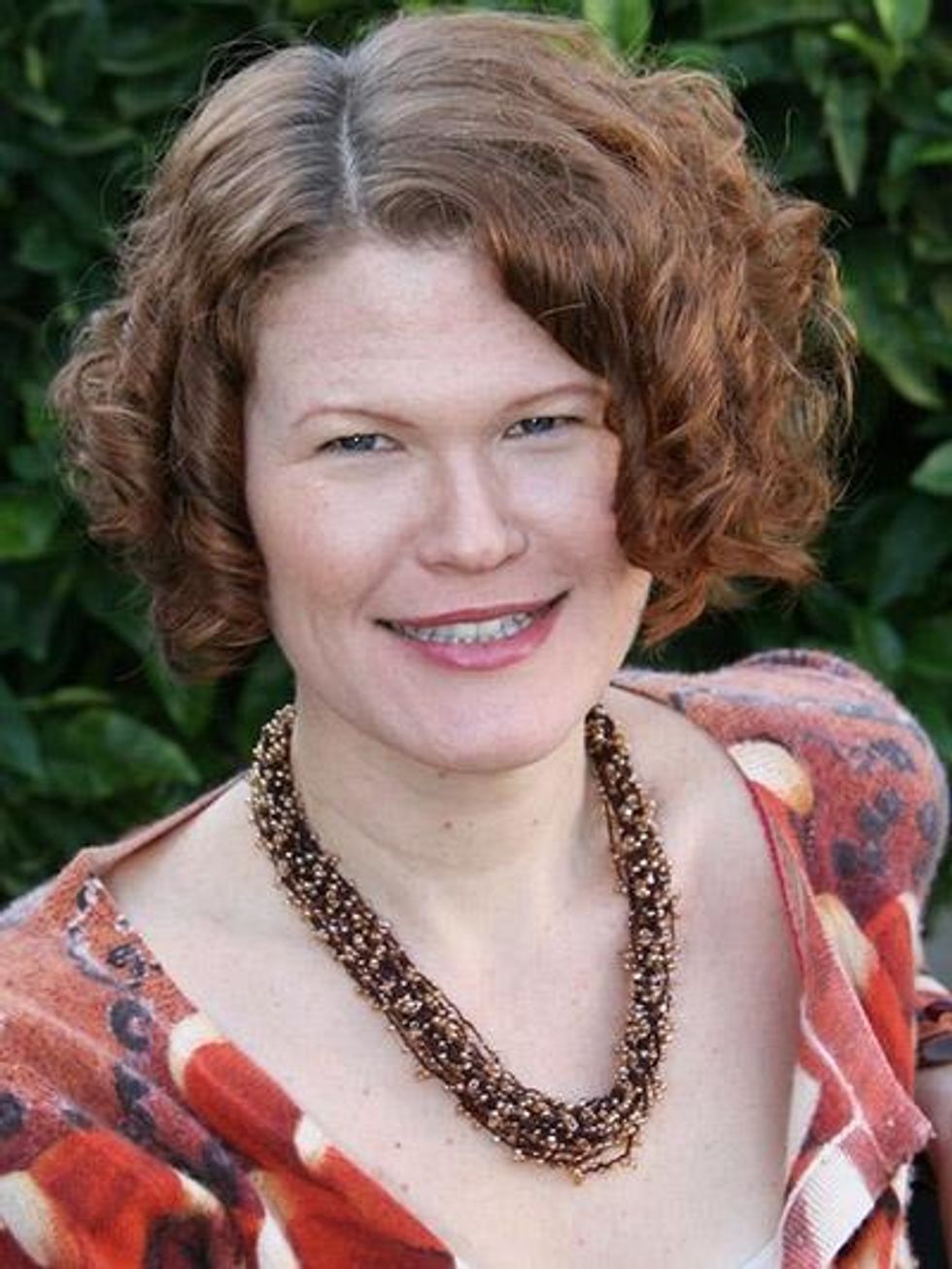 In the end, they settled on a kind of pilot program for sex. They would have unprotected sex only when Susan was ovulating, and then only a few times per cycle, to reduce the risk of transmission. If they didn’t get pregnant in six months, they would reassess. Susan was, she said, “empowered with the right of refusal at all times.” If at any point she became uncomfortable, they were done.
In the end, they settled on a kind of pilot program for sex. They would have unprotected sex only when Susan was ovulating, and then only a few times per cycle, to reduce the risk of transmission. If they didn’t get pregnant in six months, they would reassess. Susan was, she said, “empowered with the right of refusal at all times.” If at any point she became uncomfortable, they were done.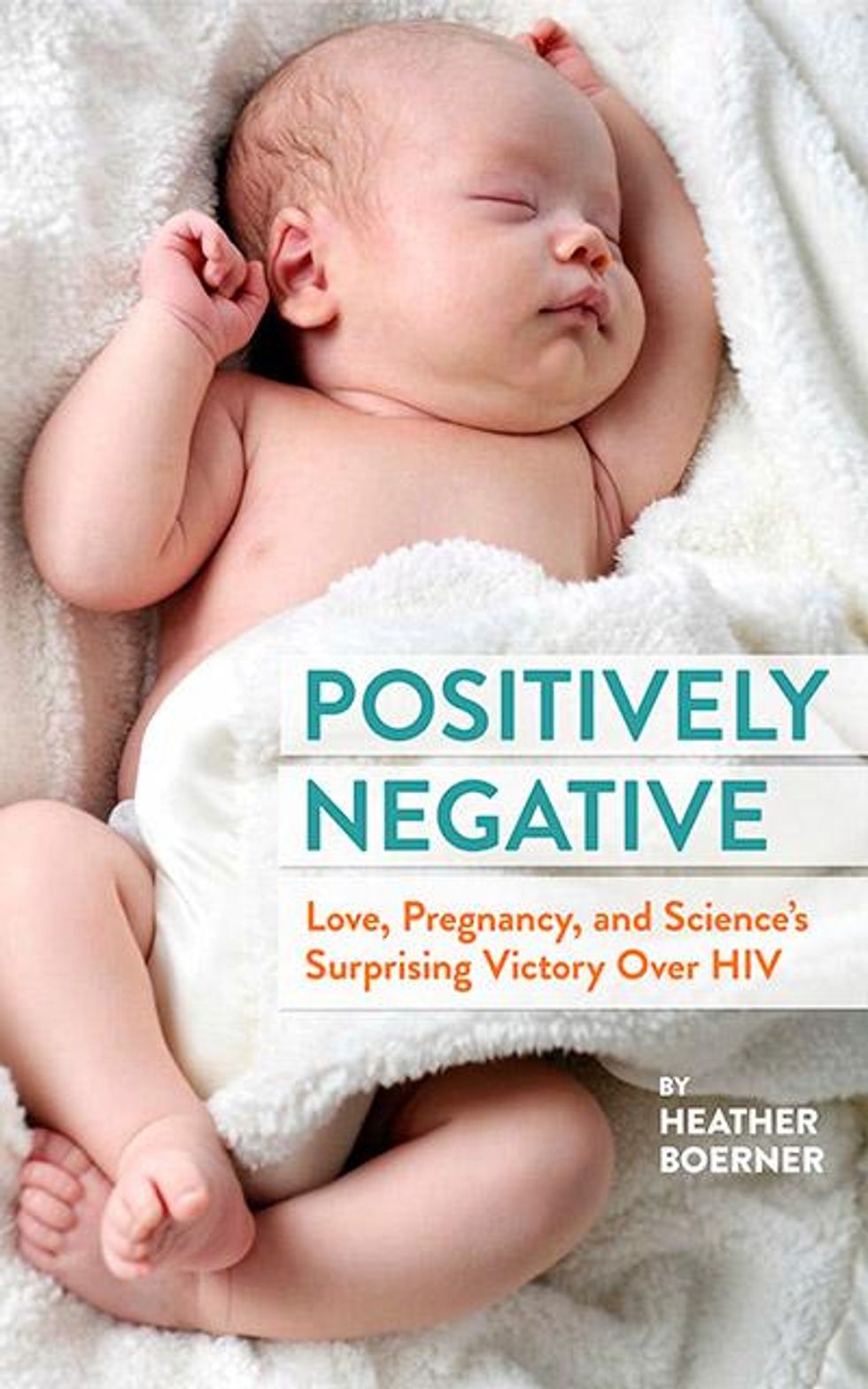 In September, Susan was in her doctor’s office’s lab, having blood drawn to find out. Her pregnancy was six months along, and this was the second time she’d been tested for the virus. The first test, at nine weeks, had been negative. But the standard of care for HIV detection was to check at six months to give her immune system time to generate antibodies that can be detected in tests.
In September, Susan was in her doctor’s office’s lab, having blood drawn to find out. Her pregnancy was six months along, and this was the second time she’d been tested for the virus. The first test, at nine weeks, had been negative. But the standard of care for HIV detection was to check at six months to give her immune system time to generate antibodies that can be detected in tests.




































